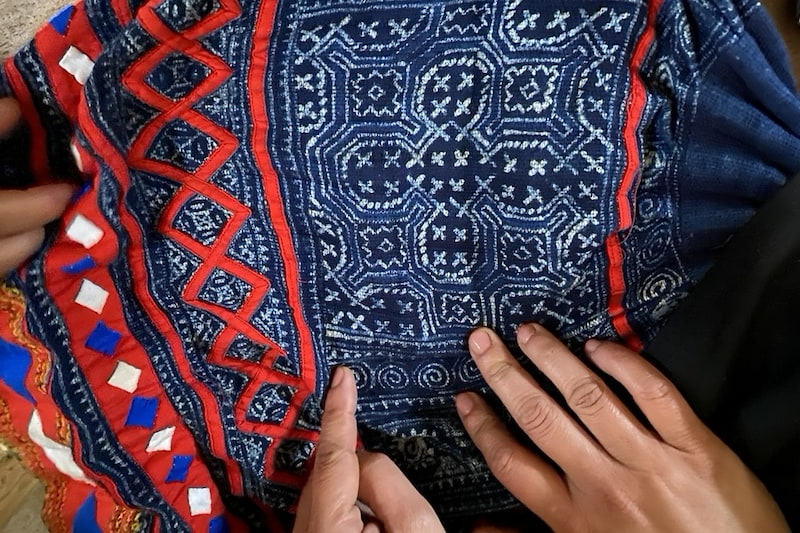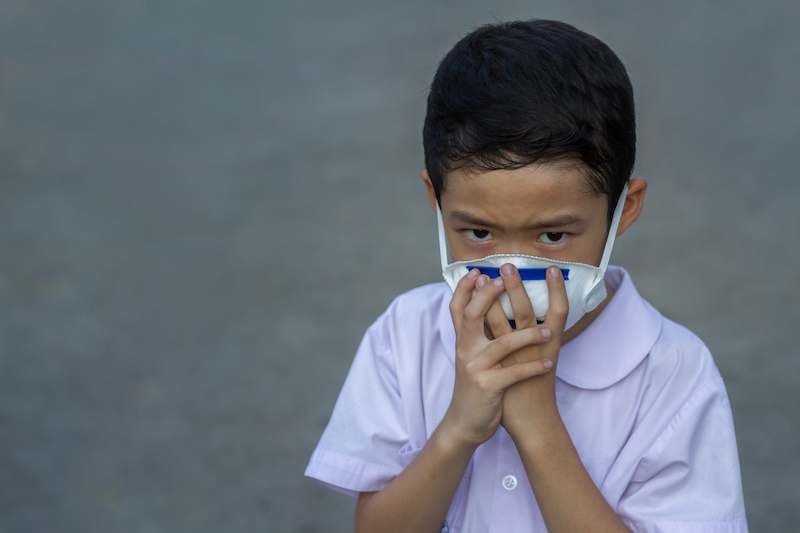Dr Carol Tan shared six key recommendations for fashion companies to impactfully decrease their environmental footprint.
Reduce overproduction
Fashion businesses need to reduce overproduction, as unsold items often ending up in landfill. Brands can use data-driven forecasting to better predict demand. Ideally, they should adopt a made-to-order model, where items are only produced when a customer places an order.
Improve material sourcing
They should improve material sourcing and switch to more sustainable materials, such as plant-based fibres and regenerative cellulose. They also need to ensure that their materials are sourced ethically, with fair pay and conditions for workers.
Implement circular business practices
All fashion businesses should attempt to implement circular business practices, which involves designing products with longevity, and creating systems for repair, resale, and recycling options (where possible).
Be more transparent
Fashion brands need to be more transparent about their supply chains and manufacturing processes, allowing consumers to make more informed choices.
Invest in research and development
Investing in research and development to find new and more sustainable ways of producing clothing can be extremely beneficial. This could include new colouration techniques that use less water or have less impact on the environment.
Educate consumers
Finally, fashion businesses need to educate consumers about the environmental impact of their purchases, and how to care for their clothes in a way that extends their lifespan and reduces their environmental footprint.
Read more on this topic in “Unraveling Green Marketing and Greenwashing: A Systematic Review in the Context of the Fashion and Textiles Industry”, an article published in the Sustainability journal by MDPI and authored by Aayushi Badhwar, Dr Saniyat Islam, Dr Carol Tan, Dr Tarun Panwar, Dr Stephen Wigley and Associate Professor Rajkishore Nayak.
Story: Ngoc Hoang
Masthead image: smirart – stock.adobe.com | Thumbnail image: HalynaRom – stock.adobe.com






